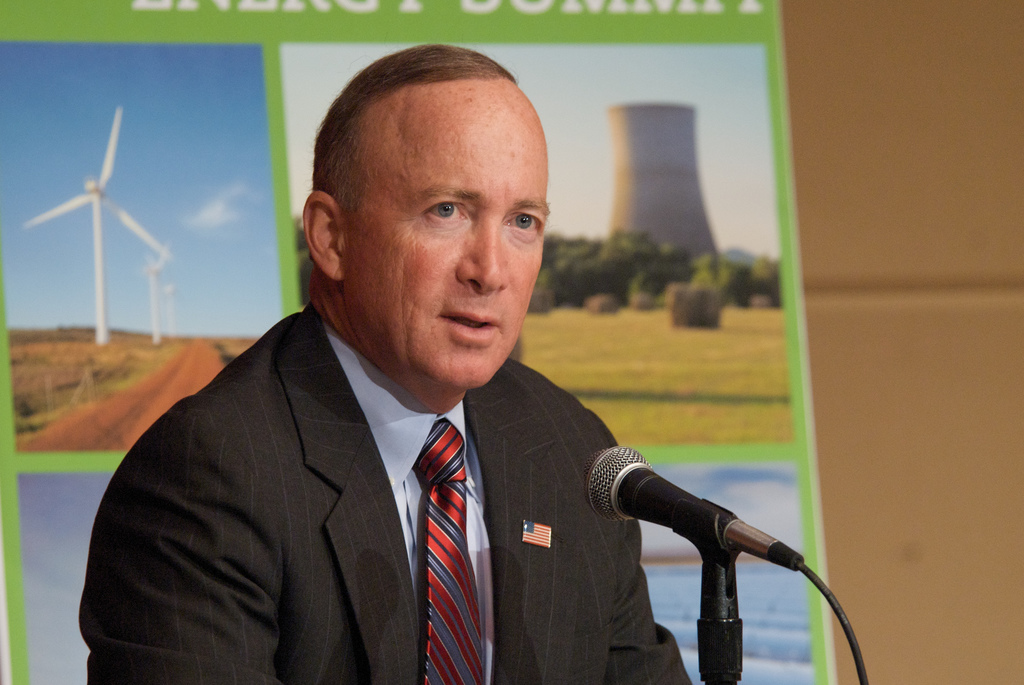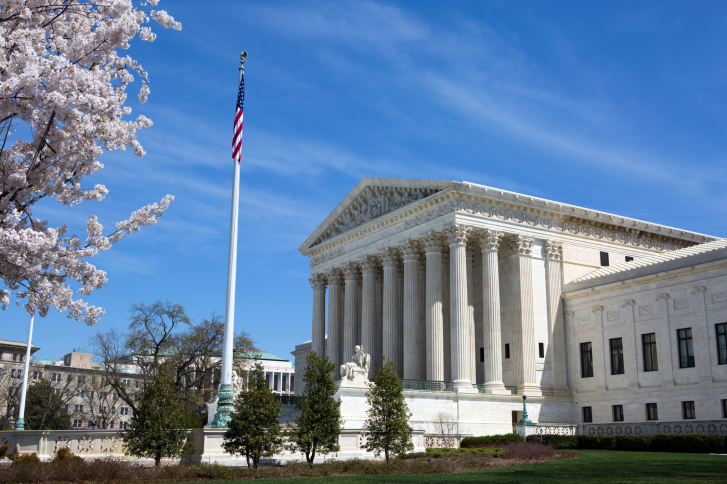Indiana’s Republican Gov. Mitch Daniels has repeatedly criticized the U.S. health care system’s lack of price signals for consumers as a driver of the rising cost of care. His health care reform plan for Indiana state workers demonstrates one approach to addressing this problem, and it has met with significant early success.
Indiana has embraced a consumer-directed health care option, Health Savings Accounts (HSAs), which is characterized by low premiums and high out-of-pocket deductibles for actual care. Indiana state employees have had the option of participating in consumer-directed health plans (CDHPs) since 2006.
In the five years since Daniels’ program was enacted, enrollment has increased dramatically. Beginning next year, some 90 percent of state workers will be covered by CDHPs.
Indiana saved at least $20 million in 2010 as a result of this high HSA enrollment, according to Daniels. The Mercer consulting firm calculates the state’s total costs as being reduced by 11 percent.
The success Indiana has enjoyed with signing up state workers is in sharp contrast to adoption rates in other states, where HSAs have encountered more resistance. Only 2 percent of government employees have signed up in the 22 other states that have some form of voluntary consumer-driven plan, and although the percentage of employees in the private sector covered by HSAs has risen, only 17 percent are currently covered by consumer-directed plans.
Generous Premium Supports
The Indiana program is relatively simple. The state deposits $2,750 per year into an account controlled by the employee, out of which he pays all his health care bills, while the state government covers the premium for the plan.
Unused funds in the account—some $30 million, or about $2,000 per employee as of March 2010—are the worker’s permanent property. For those few employees who use their entire account balance (about 6 percent in 2009), the state shares further health costs up to an out-of-pocket maximum of $8,000, after which the employee is completely protected.
Kendall Antekeier, a legislative specialist in health care policy at The Heartland Institute, says Daniels is right to argue for more patient responsibility in health care, and his reform will both empower patients and reduce spending.
“As already seen in Indiana, consumer-directed plans with health savings accounts reduce the current reliance on third-party payers. When patients don’t see the bill, they are less inclined to use health services reasonably. However, when they are partially responsible for the payment, patients shop around for the best deals and are no longer incentivized to abuse medical services,” Antekeier said.
Challenge of Adverse Selection
One potentially challenging side-effect that has arisen since Indiana began offering HSAs to its state employees is that as more people join them, fewer people are left in the traditional plans, thus increasing costs for those that remain. This problem is known as “adverse selection.”
In Indiana’s case, as more state workers opted for a consumer-directed plan, premium costs in the traditional plan began to rise. For example, an employee’s annual premium for family coverage in the traditional system started out at $3,500 in 2006, rose to nearly $5,000 within three years, and will exceed $9,000 next year.
At some point, the economic model for traditional plans no longer makes sense. This is another good effect of consumer-driven plans, says Devon Herrick, a senior fellow with the National Center for Policy Analysis, a public policy think tank in Dallas, Texas.
“Having CDHPs does not preclude having traditional plans in the state’s offerings to employees. Although older and unhealthy workers, or those that don’t want to watch the money they spend on health care may opt for the traditional plan now, I can easily see how at one point in the future they will want to change over to a CDHP. This is probably a good thing because people who would otherwise spend a lot on health care may need incentives to change over. The rising cost of premiums for traditional plans is a good incentive for people who opt for a traditional plan to change over to a CDHP,” explained Herrick.
Not Just for Young and Healthy
Critics say CDHPs are just for the young and healthy, yet Indiana seems to have overcome this objection. Satisfaction rates with the plans are quite good. In addition to the 90 percent adoption rate, subscribers have few complaints—only 2 percent have switched back to a traditional plan. Yet other states have had trouble replicating this success. So what’s special about Indiana?
“Indiana has done a good job of explaining the benefits of these plans to state workers, but there are still rank and file workers who may be slow adopters. Over time they tend to adopt CDHP plans, especially when they realize that any money at the end of the years rolls over and is saved in their own personal accounts,” said Herrick.
Last year, Arizona, Louisiana, Minnesota, Utah, and West Virginia joined the 18 other states that already offered CDHPs. Ultimately, Herrick says, simple arithmetic may determine the future of this approach in those states.
“State and federal workers have higher-priced health plans than workers in the private sector, and this is unsustainable. It will be beneficial for state workers and taxpayers to align the incentives of state workers to choose CDHP,” he said.





